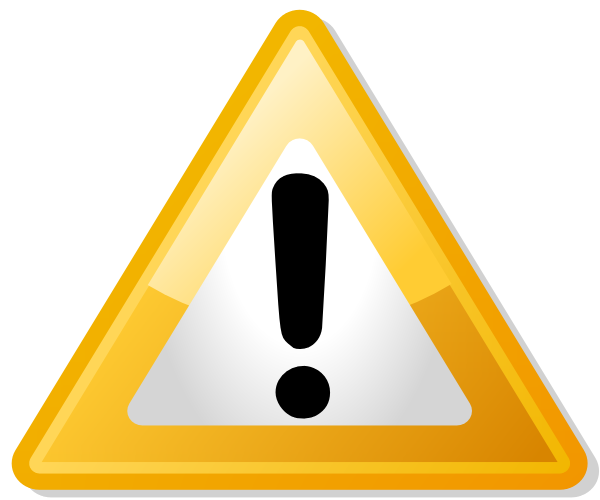Global poverty is measured with various deprivation indicators, and two of them have to do with energy: 1.3 billion people lack access to electricity, and 2.6 billion can cook food and keep warm only by using open or unprotected fires generating toxic smoke. These are major inequality and health issues – electricity is required to preserve drugs and vaccines; according to the World Health Organization, open fires in homes cause diseases that kill 4 million people a year – that hold back development, cause harm to the environment, and disproportionately affect women. In 2015 the United Nations acknowledged the problem in its 2030 Agenda Sustainable Development Goals. Goal no. 7 is: “Ensure access to affordable, reliable, sustainable and modern energy for all”. This informative book offers real case studies and highlights the issue’s importance and urgency.
Pippo Ranci teaches Economic Policy at the Catholic University of the Sacred Heart in Milan and is a former president of Italy’s Electrical Energy and Gas Authority.
Matteo Leonardi is a consultant in the fields of energy and environmental policy and development cooperation. From 2008 to 2011 he managed the Best Ray project in Tanzania.
Laura Susani is in charge of biofuel and renewable energy initiatives for Edipower, in which the A2A multi-utility corporation holds a majority share.
- Introduzione
- I. Un aspetto della povertà estrema
- 1. Quanti nel mondo non hanno accesso all'energia
- 2. Il riconoscimento dell'accesso all'energia
- II. Le conseguenze del mancato accesso all'energia moderna
- 1. Le conseguenze del mancato accesso all'elettricità
- 2. Le conseguenze del mancato accesso al clean cooking
- 3. I rifugiati
- III. Dati e tendenze
- 1. Accesso all'elettricità: dati e tendenze
- 2. Accesso al clean cooking
- IV. L'accesso all'elettricità: i contesti e le soluzioni
- 1. Impianti e soluzioni decentrate: gli apparecchi mobili
- 2. Le soluzioni intermedie
- 3. Gli impianti per le istituzioni
- 4. Piccole reti isolate
- 5. Connessione alla rete
- 6. L'integrazione
- 7. Ad uso e consumo
- V. Il ruolo della regolazione, di Ignacio Pérez-Arriaga
- 1. I regolatori
- 2. Il contesto
- 3. Pianificare l'elettrificazione
- 4. La regolazione
- 5. Accesso universale e cambiamento climatico
- VI. Il cleaning cooking: i contesti e le soluzioni
- 1. Una molteplicità di situazioni
- 2. Le opzioni
- VII. I soggetti: chi può fare che cosa
- 1. Il panorama tradizionale
- 2. L'evoluzione tecnologica nell'elettricità
- 3. Lo sviluppo economico e sociale
- 4. Le iniziative dell'Europa
- 5. L'accesso all'energia nell'azione delle istituzioni mondiali
- 6. Le iniziative nazionali
- 7. Il terzo settore e la varietà dei suoi soggetti
- 8. Le ONG operative e le imprese sociali dell'energia
- 9. Le iniziative di Fondazioni, consortili e multi-stakeholders
- 10. Le imprese
- 11. Un esempio in tema di clima
- 12. La finanza d'impatto sociale
- Conclusioni
- Bibliografia
- Indici
Anteprima del testo delle prime cinque pagine a stampa del primo capitolo.

Il tuo browser non supporta la tecnologia necessaria per visualizzare l'anteprima.
Per visualizzzare l'anteprima utilizza uno dei seguenti browser.